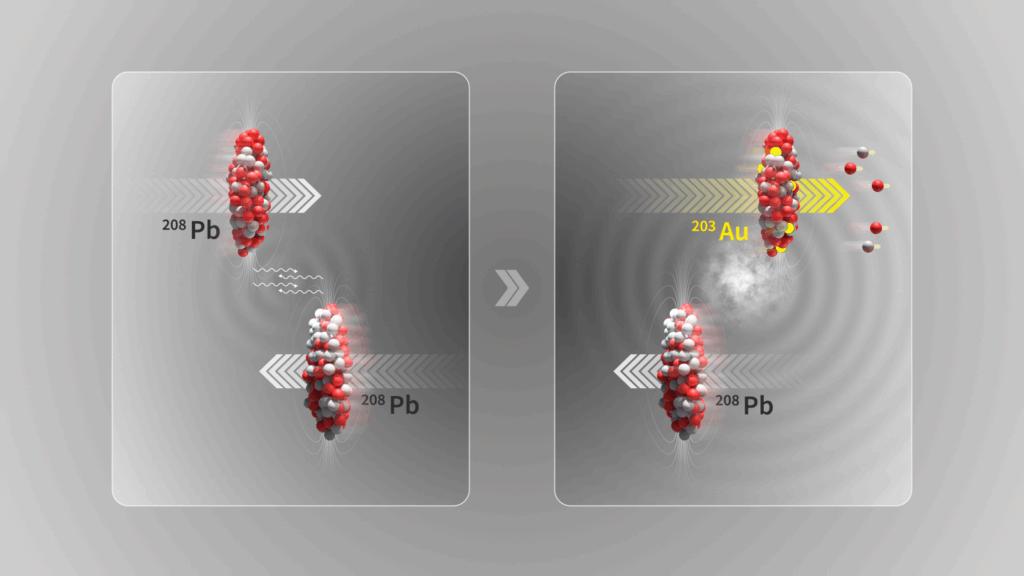The alchemists’ dream of turning lead into gold has come true. Scientists from the European Organization for Nuclear Research (CERN) have converted lead into gold using the world’s largest and most powerful particle accelerator, the Large Hadron Collider (LHC). The results and a description of the research were published in the journal Physical Review C.
The experiment was conducted as part of the ALICE (A Large Ion Collider Experiment) project, one of CERN’s key research programs. During the experiment, researchers collided beams of lead ions moving at a speed close to the speed of light. In some cases, the ions did not collide directly but passed very close to each other. In such situations, intense electromagnetic fields generated energy pulses that ejected three protons from the lead nucleus, turning it into a gold nucleus. These gold nuclei are unstable and, upon hitting the experimental apparatus, decay into individual protons, neutrons, and other particles. Gold created that way exists for only a fraction of a second.

In the publication, the scientists reported that between 2015 and 2018, collisions in the LHC created 86 billion gold nuclei, yielding a total of about 29 picograms of precious metal (a picogram is one trillionth of a gram).
Source: dzienniknaukowy.pl, CERN, Nature, Live Science








